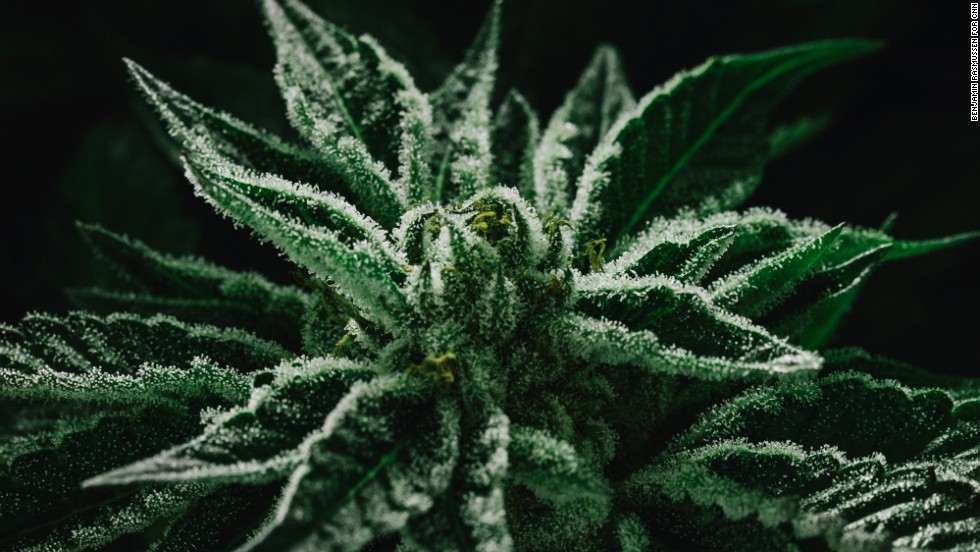Canna Tsu, Cookies and Cream, Purple Dream and Screaming Gorilla are among the 50 to 60 different strains grown by Medicine Man. Levels of THC, marijuana’s psychoactive component, vary from strain to strain, ranging from 6% THC in Canna Tsu to 28% THC content in Williams’ Screaming Gorilla.
“It’s one product that’s fairly old-fashioned, compared to the hundreds that all these manufacturers and growers in Colorado are currently creating,” said Dr. Kari Franson, a clinical pharmacologist and pharmacist and the University of Colorado Skaggs School of Pharmacy. “They’re kind of creating a Frankenstein cannabis.”
THC percentages getting ‘higher’
In 2012, Colorado and Washington became the first states to legalize recreational marijuana, with Colorado implementing it first. There are currently no regulations in Colorado limiting THC levels.
Earlier this year, some Colorado state legislators proposed an amendment to limit THC to 16% in marijuana and marijuana products sold in the state.
Proponents expressed concerns about the effects of THC on adolescent brains, among other health and safety issues.
But their effort to set a THC-limit failed to get enough support. Marijuana industry insiders say setting a limit could fuel the black market. Williams likened it to the end of prohibition of alcohol.
“Those types of actions would be similar to saying we can’t have alcohol on the shelf other than beer, and people who don’t like beer, that want spirits, that want wine, are going to have to make it themselves,” Williams said.
Colorado state regulators do require recreational marijuana be tested for potency at third-party state licensed laboratories for labeling.
“The biggest issue is protecting the public’s health and safety and making sure this industry is based on sound accurate science,” said JJ Slatkin, director of business development at TEQ Analytical Laboratories.
TEQ has tested more than 100 different strains from more than two dozen clients, Slatkin said. His lab tests marijuana flower, concentrates and pot-infused products such as edibles.
While the tests measure potency of five different cannabinoids or components of the plant, THC is the cannabinoid connected to making people feel “high.”
Slatkin pulled up a recent test report showing a flower with about 32% total THC, acknowledging that it’s one of the highest THC levels he had seen in tests at TEQ. CMT Laboratories, another state-licensed testing facility, reported test results with THC content as high as 28%.
In states where marijuana is still illegal, “they’re only growing or getting access to kind of low-grade marijuana,” said Franson.
 Colorado marijuana’s potency getting ‘higher’
Colorado marijuana’s potency getting ‘higher’






















Leave a Reply